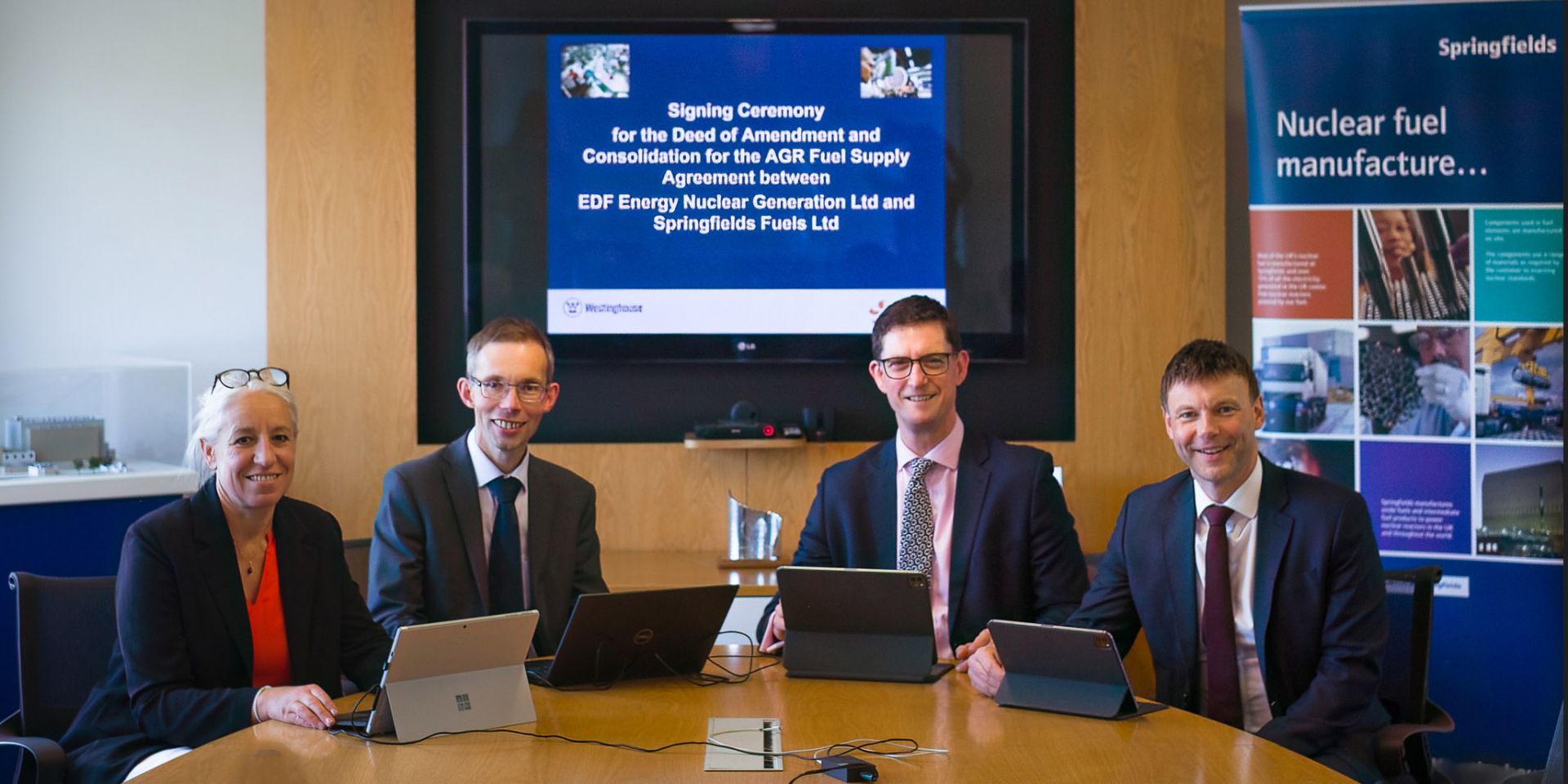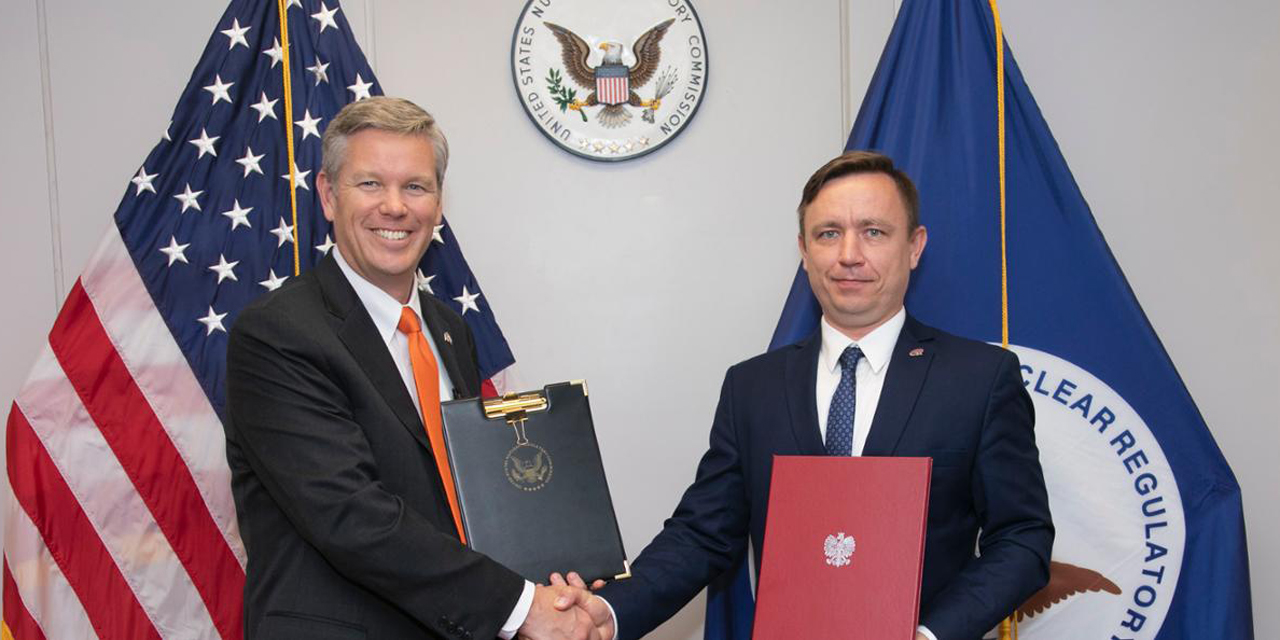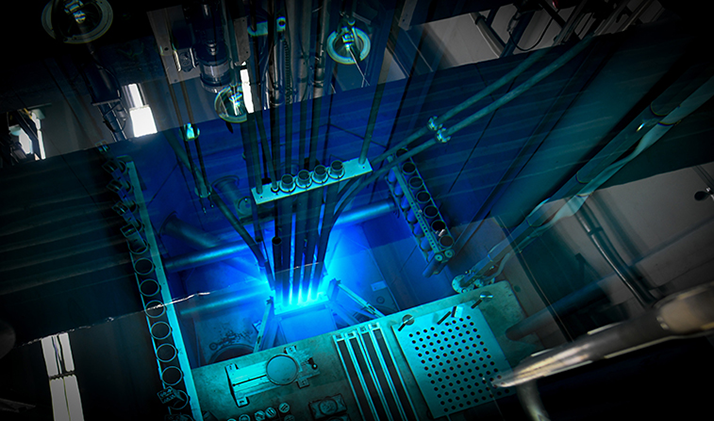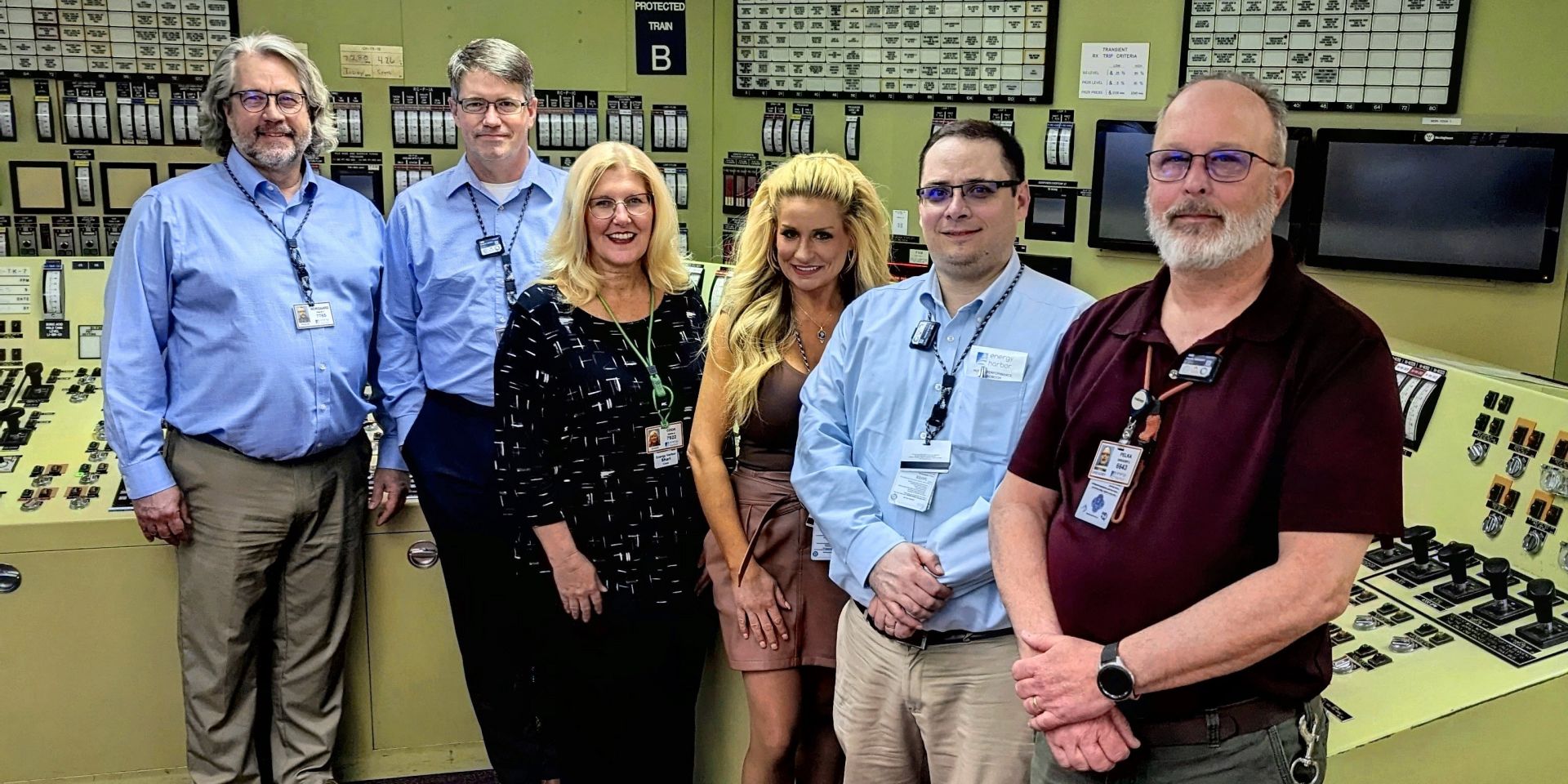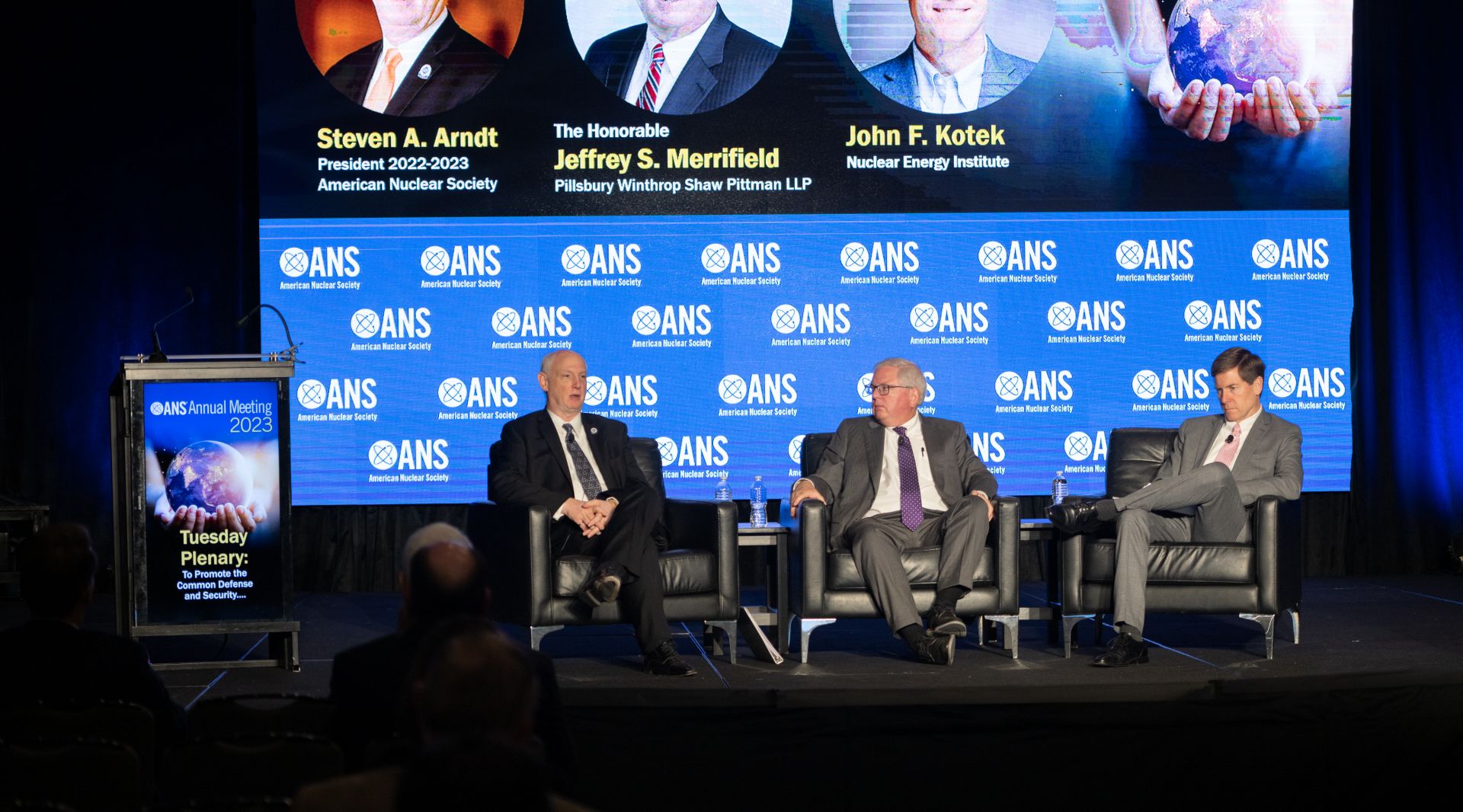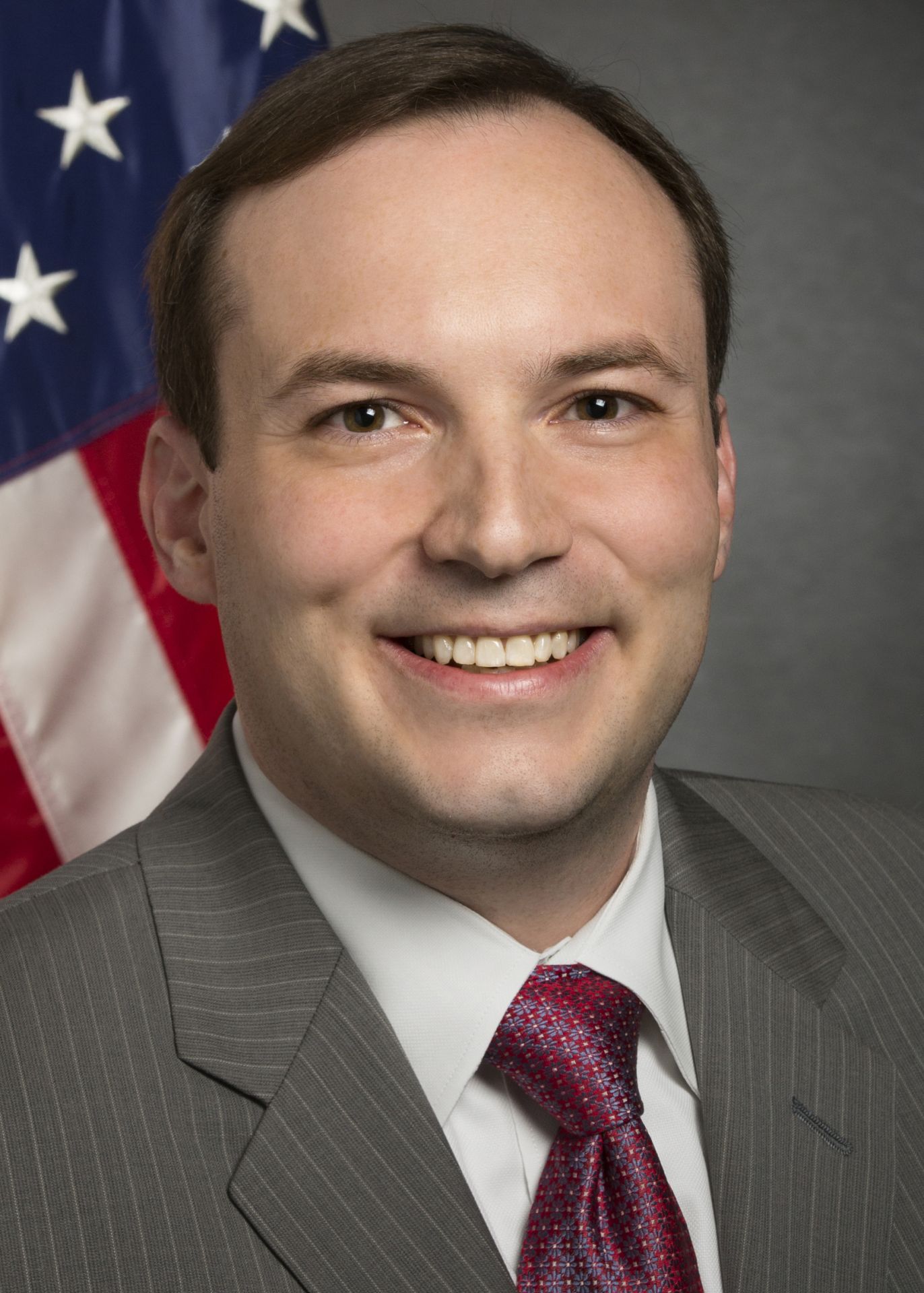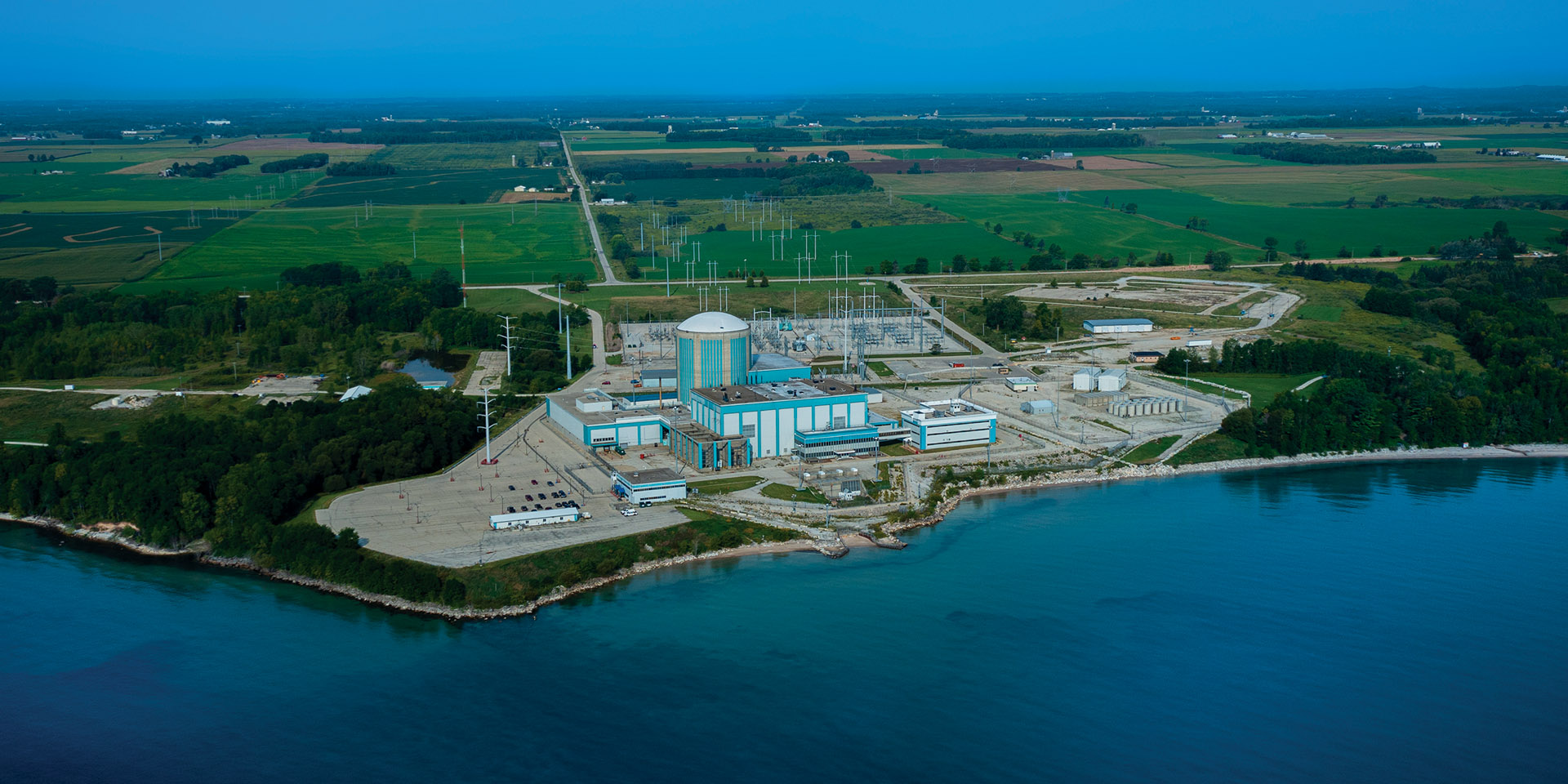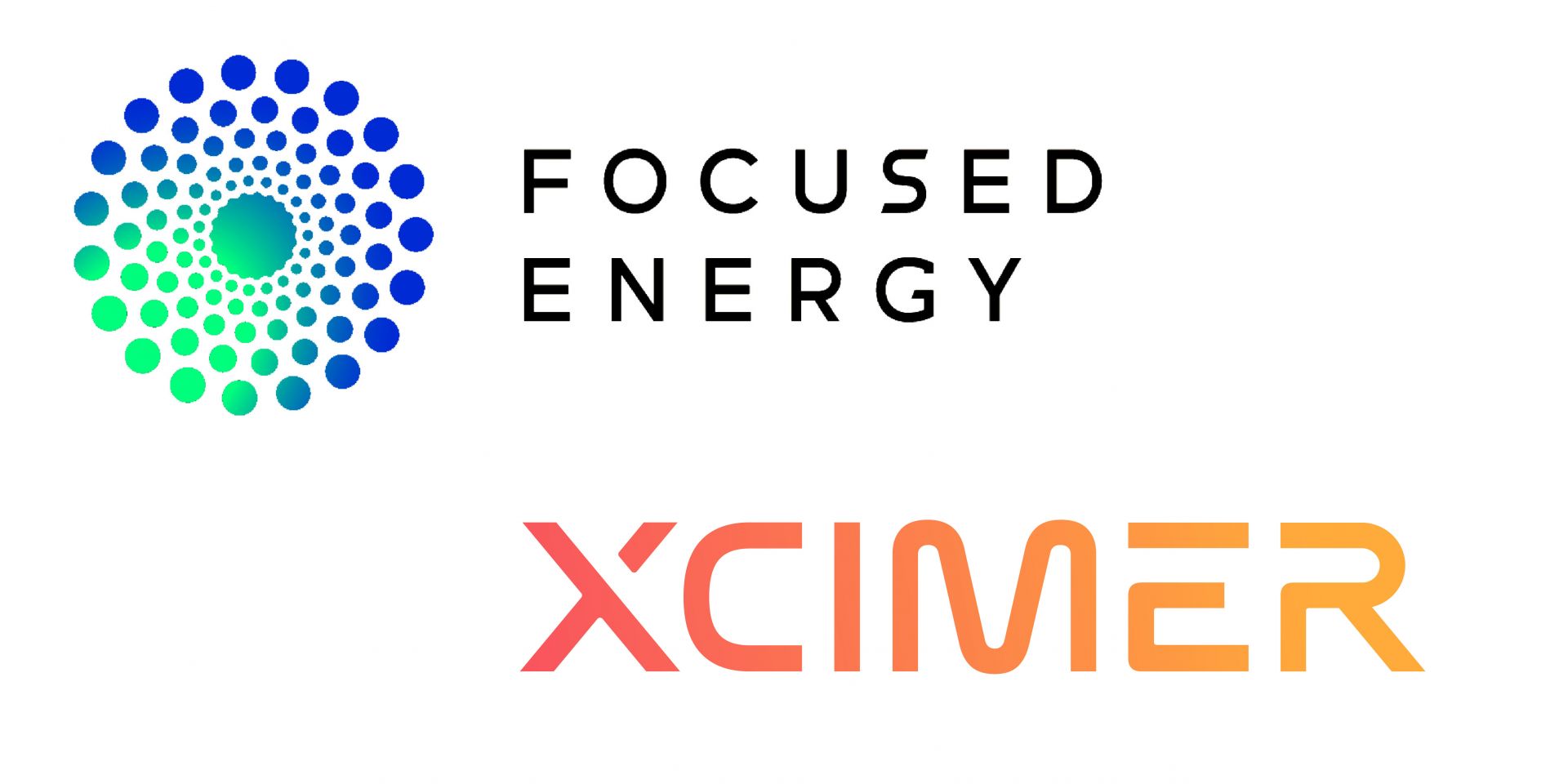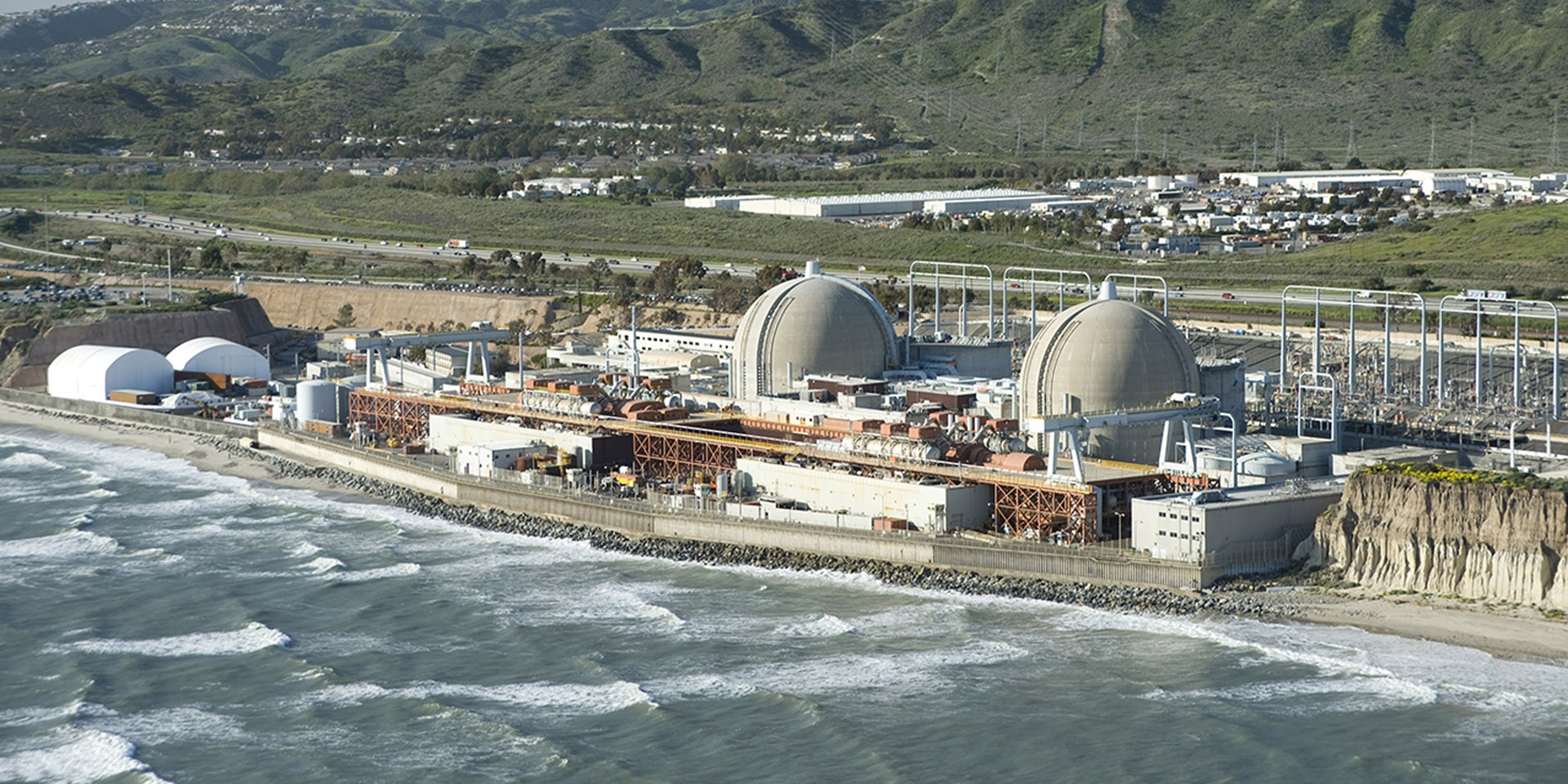From left, Sophie Lemaire, Westinghouse senior vice president, EMEA & Asia PWR fuel; David Eaves, Westinghouse EHS&Q director and chief technical officer; Mark Hartley, EDF Energy managing director of generation; and David Tomblin, EDF Energy finance director of generation. (Photo: Westinghouse)
Westinghouse Electric Company has signed a contract extension with EDF Energy to supply fuel for the United Kingdom’s advanced gas-cooled reactor (AGR) fleet, the American firm announced yesterday.
Pictured, from left, are Steve Nesbit, Christina Leggett, John Kessler, Paul Dickman, John Mattingly, and Craig Hansen. Edwin Lyman, who joined the panel remotely, is not pictured.
Advanced reactors may be key to a clean energy future, but to prove it they’re going to need fuel—and that fuel will be derived from limited uranium resources and managed throughout the nuclear fuel cycle, whether that cycle is open (like the current fuel cycle) or closed (with reprocessing). Six panelists convened on June 12 during the Annual Meeting of the American Nuclear Society for the executive session “Merits and Viability of Advanced Nuclear Fuel Cycles: A Discussion with the National Academies.” They discussed those fuel cycles and the findings of a National Academies of Science, Engineering, and Medicine (NASEM) consensus committee released as a draft report in November 2022 and published earlier this year.
From left, NRC chair Christopher Hanson and PAA president Andrzej Głowacki sign a cooperation agreement in Washington, D.C. (Photo: PAA)
The Nuclear Regulatory Commission and Poland’s National Atomic Energy Agency (PAA) have renewed their cooperation agreement for the next five years.
The PULSTAR reactor at North Carolina State University. (Photo: N.C. State)
The American Nuclear Society is collaborating with the Kenan Fellows Program for Teacher Leadership (KFP) at North Carolina State University to introduce a nuclear science curriculum to Kenan Fellows and the K-12 students they teach.
SHINE Technologies founder and CEO Greg Piefer shows the hot cell banks that will be used to produce Lu-177. (Image: SHINE)
Fusion tech company SHINE Technologies announced that it is opening the largest facility in North America dedicated to the production of non-carrier-added lutetium-177, a medical isotope used in targeted cancer therapies.
The Beaver Valley/Energy Harbor training management team poses in Beaver Valley’s Unit 1 simulator room. Left to right are: Phil Norgaard (fleet training manager), Jerry Manning (maintenance and technical training supervisor), Shari Cook (fleet training superintendent), Annaliese Piraino (instructional technologist), Mike Brasile (training manager), and Greg Pelka (operations training superintendent). (Photo: Energy Harbor)
The education and training of the nuclear power plant workforce is advancing in ways that are increasingly based on scientific knowledge about how the brain works. At the Beaver Valley nuclear power plant in Shippingport, Pa., instructional technologist and certified nuclear instructor Annaliese B. Piraino is applying the principles of educational psychology and neuroscience to the instructional practices.
The plant, which Texas-based Vistra Corporation acquired recently from Energy Harbor, consists of two Westinghouse pressurized water reactors, each with a production capacity just over 930 MWe. The operators along with the maintenance and technical staff at Beaver Valley are beginning to show the benefits of the new neuroscience-based instructional approaches to training that are being implemented by Piraino and the Beaver Valley training department.
ANS immediate past president Steven Arndt, Jeffrey Merrifield, and John Kotek on stage at the ANS annual meeting President's Plenary.
At the 2023 ANS Annual Meeting, Steven Arndt (as of the close of the meeting, ANS immediate past president) led a president’s session on the mission of the Nuclear Regulatory Commission—a not particularly surprising topic, given that he spent over 30 years at the agency in various roles.
Concept art of the planned Gadsden, Ala., MMR assembly plant. (Image: Ultra Safe Nuclear)
Ultra Safe Nuclear (USNC) announced on June 21 that it has selected the city of Gadsden, Ala., to host a $232 million MMR assembly plant. Modules for the company’s high-temperature, gas-cooled and TRISO-fueled microreactor, dubbed the Micro-Modular Reactor (MMR), would be manufactured, assembled, and tested at the “highly automated facility” once it is in operation.
Craig Piercy (left) discusses “The State of Nuclear” with panelists (sitting left to right) Brad Williams, Todd Abrajano, and John Kotek, as well as Amy Roma and Jackie Siebens, who participated via video feed.
The “The State of Nuclear” panel discussion on June 13 at the 2023 American Nuclear Society Annual Meeting focused on how geopolitical issues are affecting federal, state, and international laws, regulations, and funding regarding nuclear technology. The discussion was chaired by ANS Executive Director/CEO Craig Piercy.
EnergySolutions is to explore options for building new nuclear facilities at company-owned sites, such as Wisconsin’s Kewaunee site, currently being decommissioned.
Utah-based decommissioning company EnergySolutions has entered the early phases of exploring the possible use of former nuclear sites acquired by the company, such as the closed Kewaunee nuclear power plant in Wisconsin, as potential locations for future new nuclear generation sites.
San Onofre Nuclear Generating Station. (Photo: Southern California Edison)
Ten years ago this month, on June 7, 2013, Southern California Edison (SCE) communicated the decision to permanently shutter the San Onofre Nuclear Generating Station (SONGS). The decision set in motion the decommissioning of a plant that had provided steady baseload power for the region since 1968 during a period of tremendous growth in the western United States. In the end, issues presented by the planned replacement steam generators that were intended to support future plant operations proved too large of a hurdle, and the plant was forced to retire.
